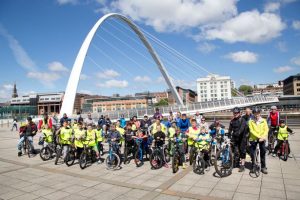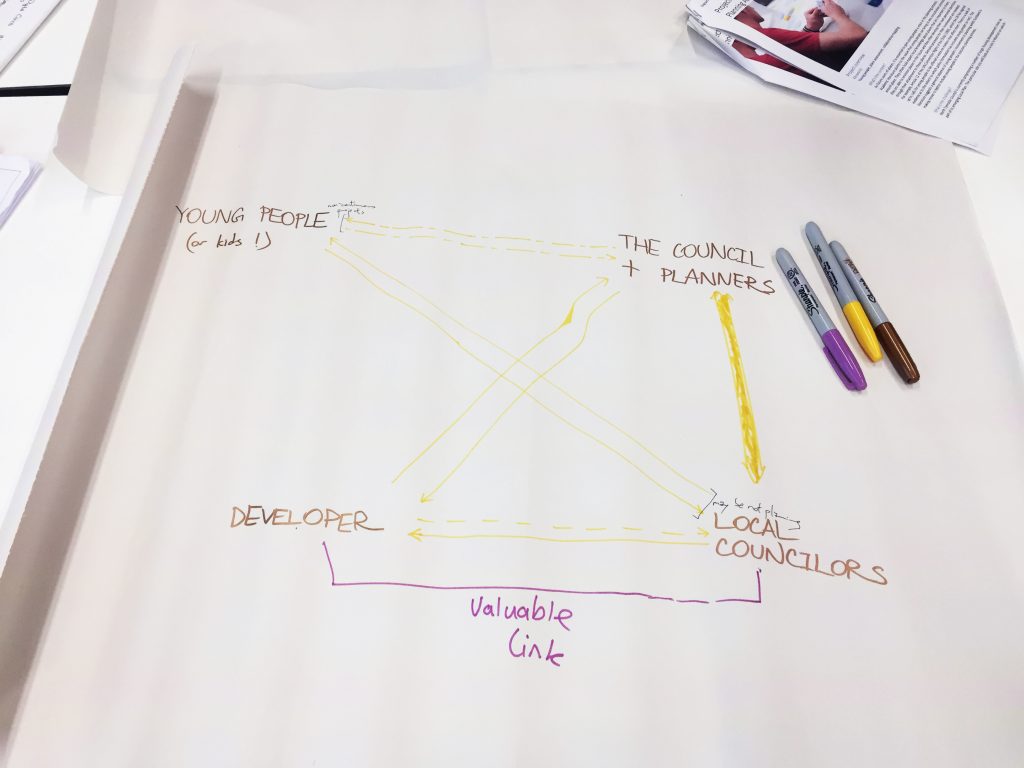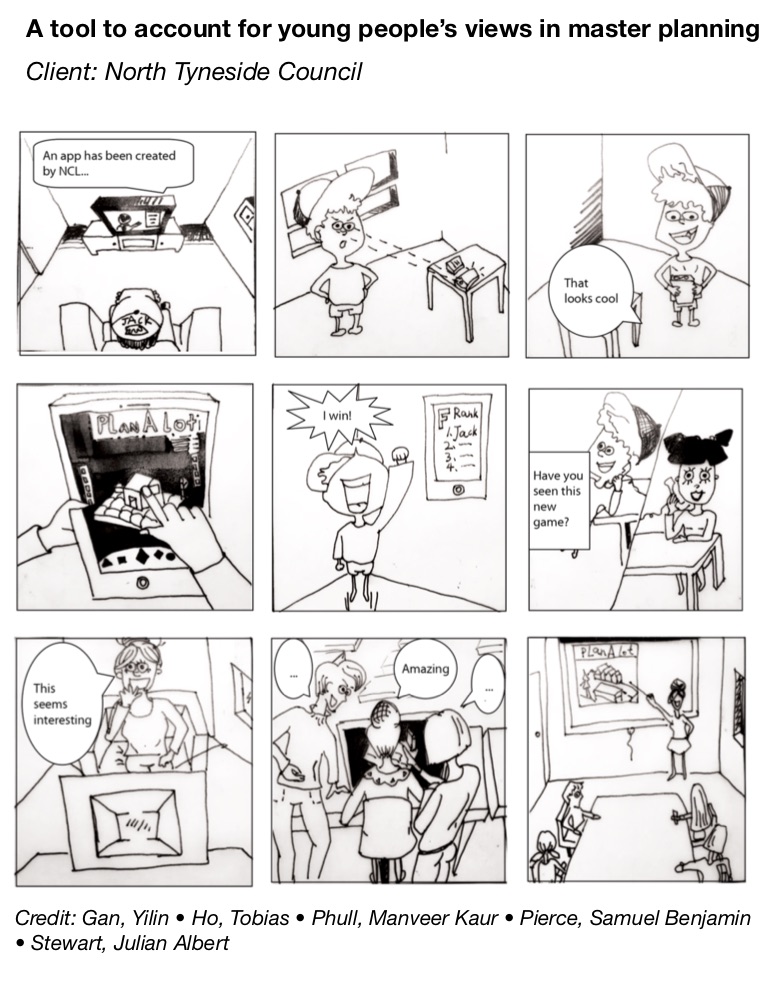Interview schedule
This morning, we are meeting with Jerry (who worked in the West End House coop). The meeting will be to discuss how to make the coop homes become more accessible. Below is a brief plan for the interview.
| Item | What questions |
| Introduction to us | Thanks for meeting us, I am Ying and this here is XXXX. We are the stage two planning student from Newcastle University. Our project is about developing a method to co-design self-built homes, so now we are doing some research and collecting data for this project. Here is the project brief for information. Briefly we are looking into a way for your residents to contribute to the design of new houses that you build. Our main goal is to make the co-design self-built homes become more accessible to the public.
(Would you mind if we recorded our conversation?) |
| Discussion of Jerry’s work | To start, can you tell us a little about what you do in the west end housing co-op?
– Could you share some information of how this participatory design process happen? -What is the main requirement for the resident? And how do you achieve these requirements in the design process? -What is the feedback from residents after your designing and are they satisfied? If not, why? -How can the council be involved more directly? |
| Discussion of the community | On the community website, it says that co-operative is a group of people who jointly manage the houses and control the way their housing is run.
-Could you briefly explain what your community does? -Who would you need to engage when developing plans for a new development? -How do residents decide on changes to the existing buildings? -What is the biggest challenge you meet? |
| Intro of prototype | Thank you. As noted in the email, one aspect of this project is to come up with a digital tool or method to support non-experts come up with a building design. We looked into 3d models and website. We’ll show you some project ideas ask you a few questions.
-How the participation will affect the design process? -What you talk about in the monthly meeting? -How do you communicate with the non-expert(like residents) to make them know how the process going -Do you think digital tools could help to reduce the distance between you and the other client?(resident) -As we know, you community already have a website, does it effective? -What is the strength & weakness of the current website? |
| Review of prototype | We are thinking of doing a 3d model or create a blog. 3D model can make people more easy to understand co-design self-built house by the visual effect and create a blog to record the meeting to the public is effective for people to know the process of design.
-Would this be of use for your organization? How could we approach this? -If not, why? |
| Next steps | We are so glad to meet you and thank you for your feedback. |
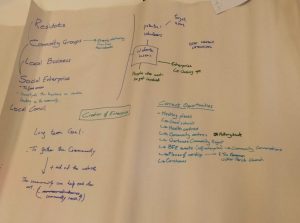
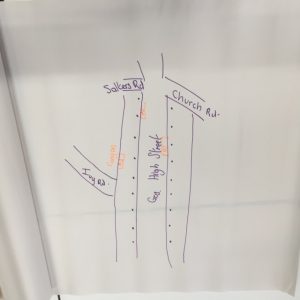 A Newcastle university urban planning focused bottom up campaign initiative to increase user and community awareness of air quality control centered on Gosforth high street. Working with the users on easy and effective forms of interpreting the data supplied by the air quality monitors situated along the high street, making the data accessible to everybody with the goal of increasing community awareness and support for self-managed air quality control through community projects.
A Newcastle university urban planning focused bottom up campaign initiative to increase user and community awareness of air quality control centered on Gosforth high street. Working with the users on easy and effective forms of interpreting the data supplied by the air quality monitors situated along the high street, making the data accessible to everybody with the goal of increasing community awareness and support for self-managed air quality control through community projects.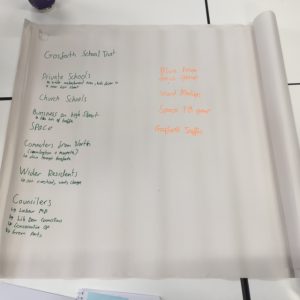 Besides, there are a lot of data available on a few websites but they are unusable. We think because it’s difficult to understand the data if you are not an expert. For example, for the level of the pollution in air there are only numbers with abbreviations of products. Therefore, to have a better use of data, they need to be more imagery with colours and map for the localisation.
Besides, there are a lot of data available on a few websites but they are unusable. We think because it’s difficult to understand the data if you are not an expert. For example, for the level of the pollution in air there are only numbers with abbreviations of products. Therefore, to have a better use of data, they need to be more imagery with colours and map for the localisation.